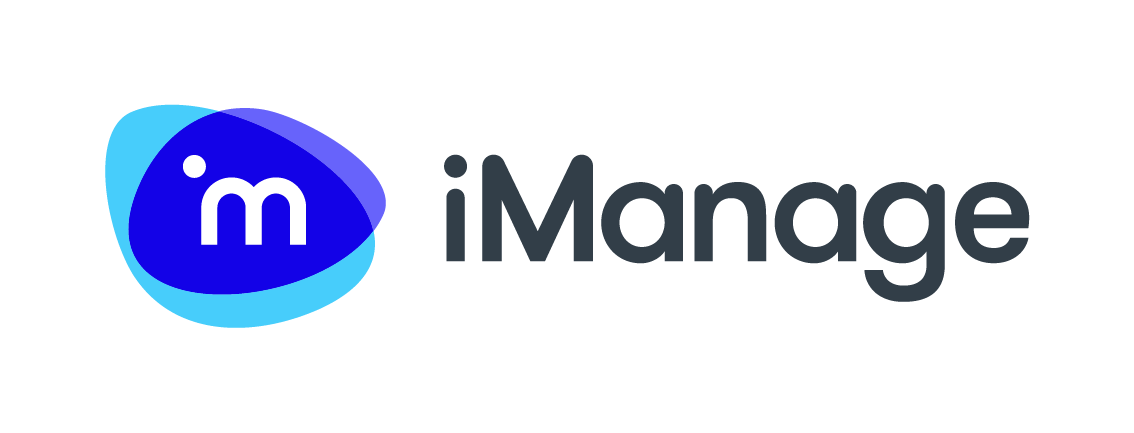Making mobile mightier for attorneys: Desktop-like power, on the go
As mobile tools are a central part of personal and professional lives, users demand a lot from mobile tools, and they want experiences that are identical to desktop ones (or better).
However, this expectation poses many challenges to developers. Among these, security is central. There is hope, however, that with improved capabilities for mobile apps, users will finally be able to come close to having desktop power on their mobile devices.
Mobile has become a necessary reality for professional services firms. Law firms of all sizes stand to gain from mobility, as their attorneys improve their productivity and can increase their billable time. In addition, lawyers themselves want and demand mobility. Smart apps help lawyers live a more productive life, allowing them to work where and how they want.
Responding to this desire for mobility and flexibility, firms have adopted bring-your-own-device (BYOD) practices. Yet, while offering clear productivity advantages, mobility and BYOD present challenges. From the users’ perspective BYOD raises concerns about privacy. From the perspective of law firms, BYOD needs proper security management, due to the high likelihood that devices may be stolen or lost.
For the past few years, firms have addressed their security concerns through the use of mobile device management (MDM). As a result, and as the 2018 ILTA Technology Survey (p. 10) shows, security concerns associated with BYOD have gone down for the past three years through an increase in the use of MDM.
BYOD: Privacy vs. security
Using one’s own device for work raises concerns about privacy from the owner of the device, and security concerns from the law firm. A recent example of this clash happened recently when iOS experienced an issue related to virtual private network enablement (VPN). Law firms wanted to enable VPN automatically for all firm apps. But due to an issue, the VPN did not turn on and the firm apps did not open. A workaround was for the user to enable the VPN for all the apps on the device. Nevertheless, this raised a concern from the users about the possibility of having their private apps monitored, which constituted a violation of their privacy.
Despite isolated cases such as the VPN issue, MDM works pretty efficiently for enterprises, while also protecting users’ privacy. With a well-defined and well-communicated MDM policy, firms and lawyers can implement strong protection of their sensitive documents and information. Through MDM, lawyers can also protect their privacy and personal information because MDM enables keeping work separated from personal life on the same device.
With security concerns addressed, there is room for focusing on closing the gap between the desktop and the mobile experience. Below, we highlight two aspects that can make life easier and more productive for lawyers on the go, while keeping within all the necessary security requirements.
Living within the constraints of security while improving the user experience
With the growing risk of security breaches, law firms are smartening up security protocols. But putting in extra layers of network security for mobile devices can mean compatibility problems between various apps and endless tapping for users before they are allowed to access their work space.
For example, on a desktop, integrations are built directly into various applications, but with iOS, these integrations are not allowed. The user has to approve any transition from one application to another and is drawn into the application interaction every time it happens.
In the context of iManage’s Work, for instance, a lawyer can open a document in Work to view it, but then has to tap to approve opening the same document in Word for editing since this is part of Apple’s explicit security protocol. In addition, if the MDM is installed on the device, it can add another layer of taps/approvals.
VIDEO
However, there are workarounds for ensuring security while increasing usability. For example, the iManage mobile app complies with the strict authorization requirements within the iOS world, while minimizing the number of taps within workflow. After a few simple setup procedures, users learn a short security routine that makes more manageable the experience of accessing and editing documents securely.
PDF editing will be brought to your fingertips on mobile devices.
Viewing PDFs on a mobile device is difficult, but mobile PDF editing has always been even worse. Not any more though, which could be transformative for lawyers that need to review final document PDFs for approvals.
Thanks to new developments in the way documents are managed, lawyers can edit PDFs on mobile devices just as effectively as on desktops. Best of all, document editing works seamlessly between mobile and desktop devices.
When viewing a PDF on your tablet or phone and needing to send comments back through email, lawyers can stop jumping between apps to get things done, as was necessary in the past. With enhanced app functionality, lawyers can download PDFs and edit them without ever leaving the app in which the PDF opened. It’s easy to make edits and annotations. Changes are immediately updated on the server, in the DMS, all natively done from within a single, powerful app. For law firms, this means no more expensive licenses for Acrobat versions, and no more worries about securing yet another app on the device.
VIDEO
The world of mobile is constantly evolving and will most probably overtake desktop use in the near future. Users desire for mobility and convenience is increasing exponentially, but the good news is the technology is keeping up. New functionalities are being created and released on a constant basis.





About the author
Nancy Stronczek
Coming soon.